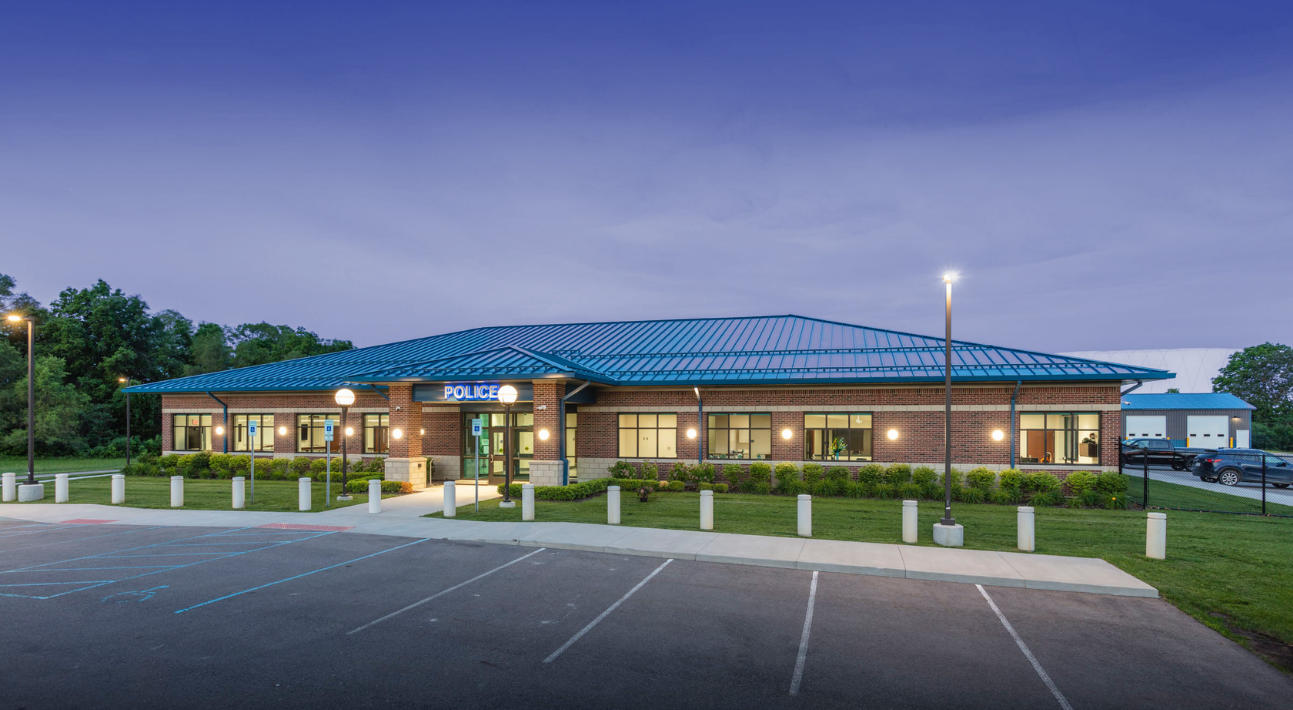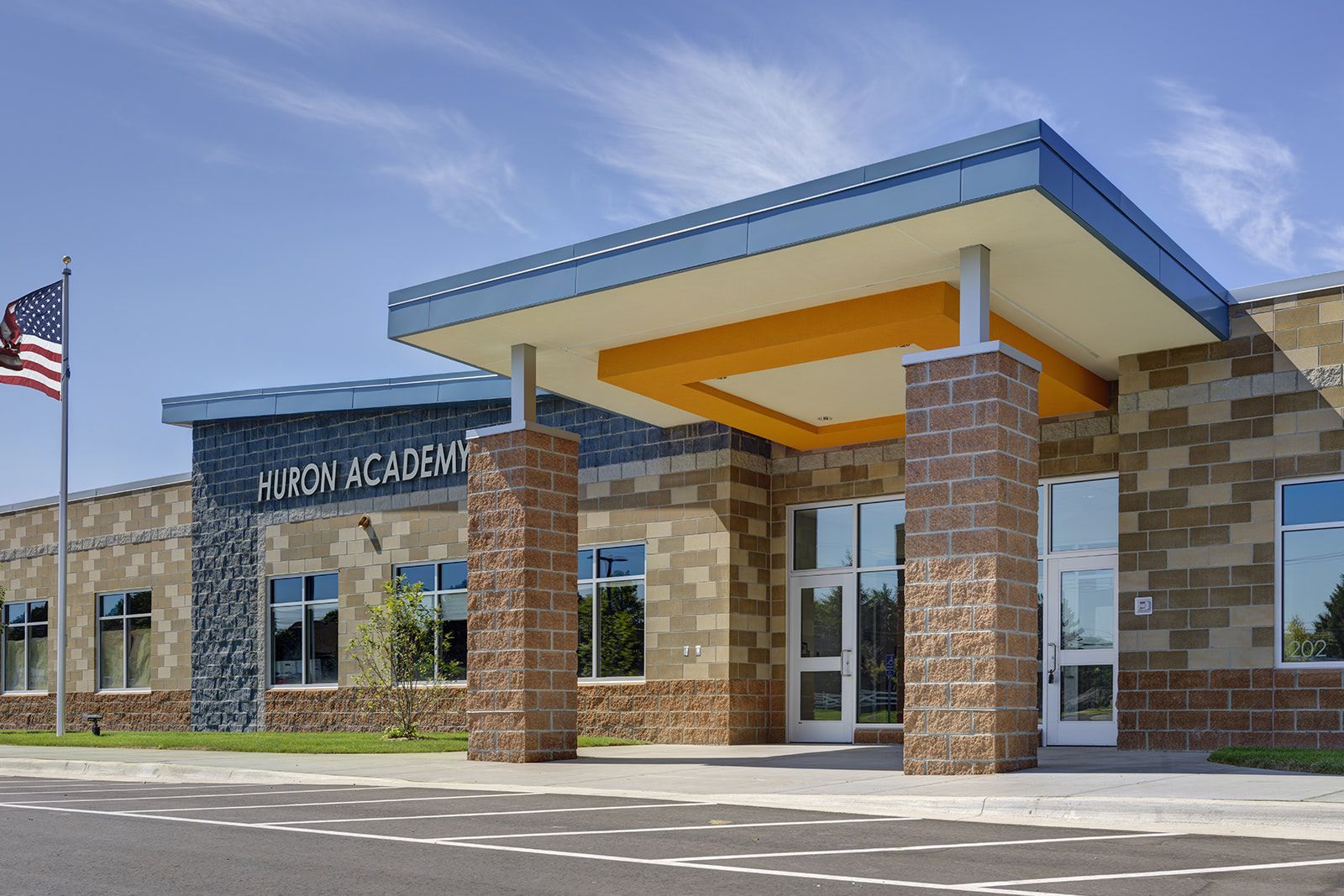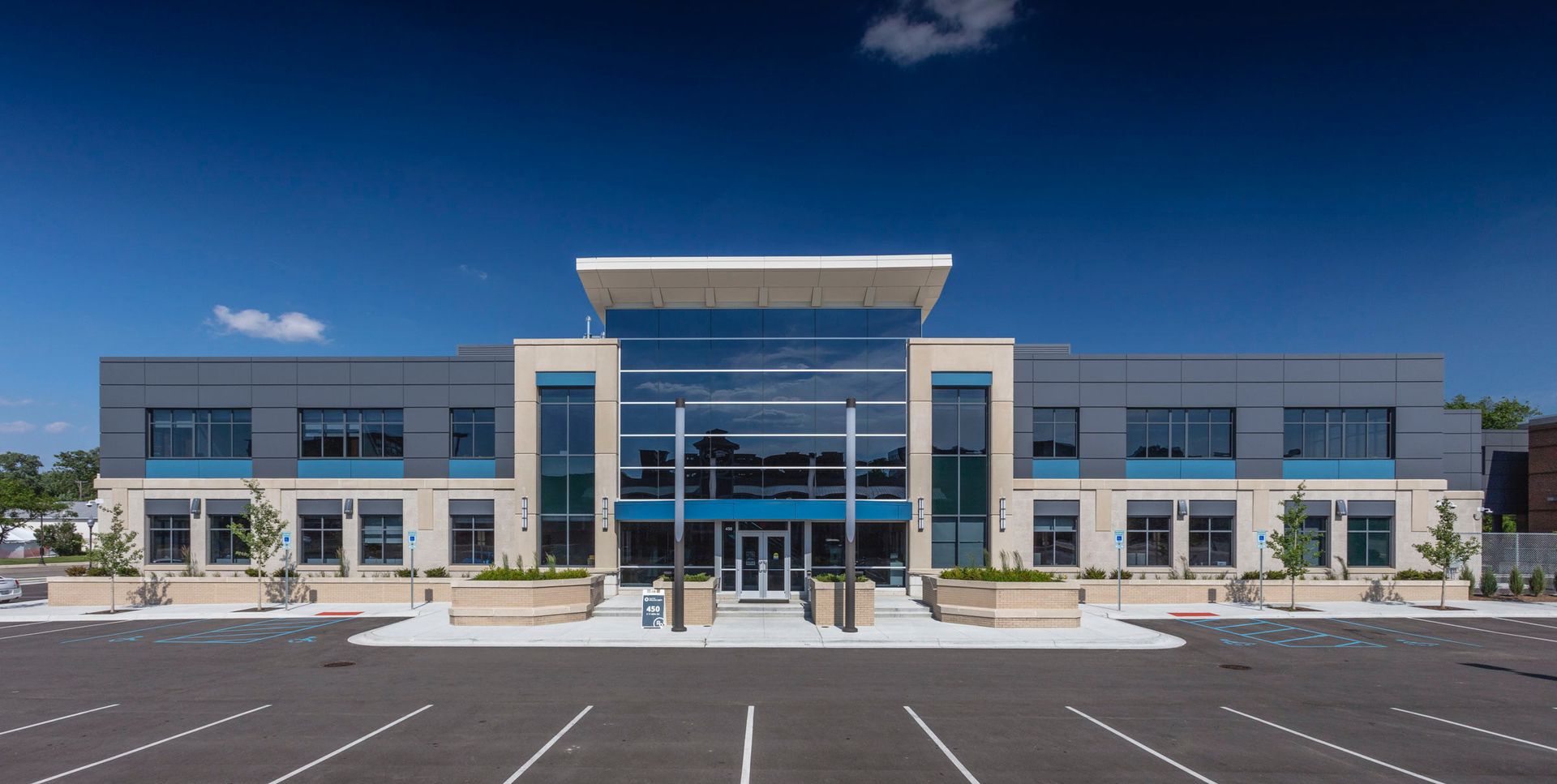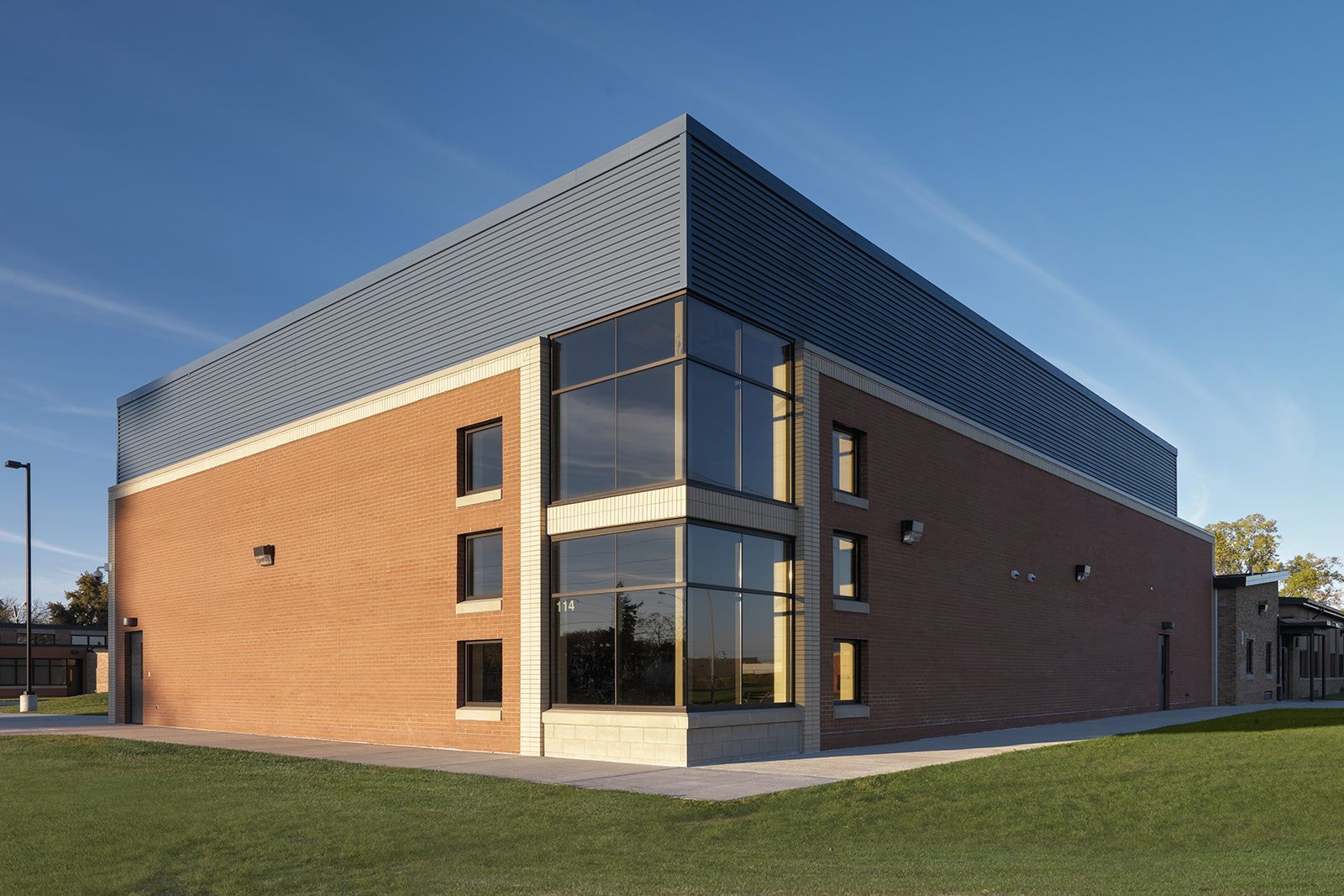Designing Safer Schools: Smart Security Solutions for K–12
Designing for Peace of Mind: Common-Sense Safety in School Design
How can we keep students safe without turning schools into fortresses?
It's a question that deeply concerns school administrators, educators, and entire communities.
How do we keep students safe without compromising the welcoming nature of a learning environment?
K–12 school buildings are more than just walls and roofs. They are places of growth, discovery, and connection.
But they also carry the immense responsibility of keeping students, staff, and all occupants protected from threats like intruders or school violence.
At PARTNERS in Architecture, we believe some answers can be found in practical, thoughtful design.
Our approach to designing school buildings prioritizes intuitive, day-to-day safety and security measures that support the well-being of students and staff while preserving the openness and vitality that make schools feel like places to grow—not just places to protect.
In this blog, we share how our team balances security with a sense of belonging, using common-sense strategies to create safe, student-centered environments.
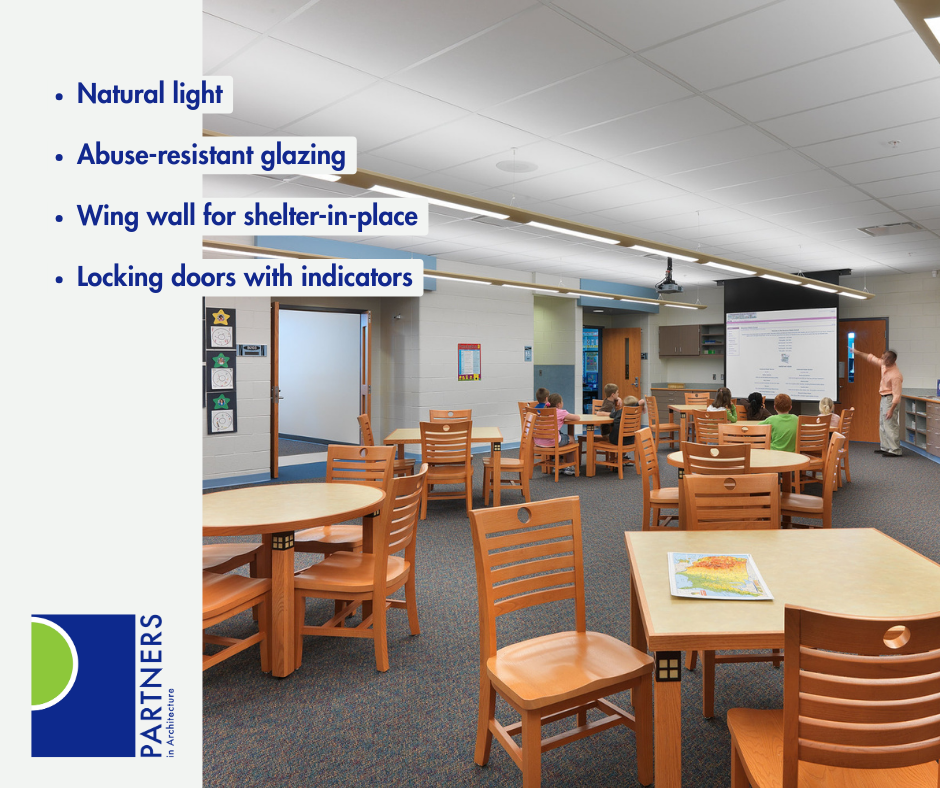
The Design Dilemma: Security Without Sacrificing Spirit
Designing safer schools means confronting difficult trade-offs.
While tragic incidents like those at Parkland High School or Sandy Hook Elementary are statistically rare, they leave lasting emotional and cultural imprints on communities.
This reality puts immense pressure on school leaders to take visible action. Often, that results in proposals for highly fortified environments.
Yet such approaches can lead to unintended consequences.
School campuses may begin to feel cold, institutional, and at odds with the nurturing purpose of education.
For example, removing classroom windows to eliminate external visibility may hinder the ability of teachers and staff to observe and respond to situations where students need help.
This lack of visibility not only impacts supervision but also contributes to a more enclosed, prison-like environment that can negatively affect students' mental and emotional well-being.
Similarly, installing metal detectors might appear proactive. But they can lead to bottlenecks that increase exposure at entry points, complicate arrival routines, and create a daily sense of surveillance that detracts from the feeling of safety and trust.
There is no one-size-fits-all solution.
Each district faces its own unique pressures, expectations, and limitations. The challenge lies in resisting fear-driven extremes and instead designing for both safety and normalcy.
We aim to create environments that help mitigate risk without compromising the quality of life and learning during the other 99.5% of the time.
Practical (Not High-Tech) Safety Features that Matter
In our experience, the most effective school security features are often the most straightforward.
Rather than relying on complex or high-cost technology, we focus on design strategies that quietly reinforce security while supporting a positive educational environment. These include:
- Abuse-resistant glass and security glazing to improve impact resistance and reduce potential injury.
- Secure entry vestibules to create a controlled perimeter screening zone for visitors.
- Locking indicators on classroom doors to provide immediate visual cues about room security.
- Classroom and corridor layouts designed to:
- Limit long sightlines for better threat containment.
- Include intuitive shelter-in-place areas such as wing walls.
- Day-to-day usability: designs that function seamlessly under normal conditions while offering essential protection in emergencies.
These practical features may not be headline-grabbing. But they serve as the quiet backbone of safer schools.
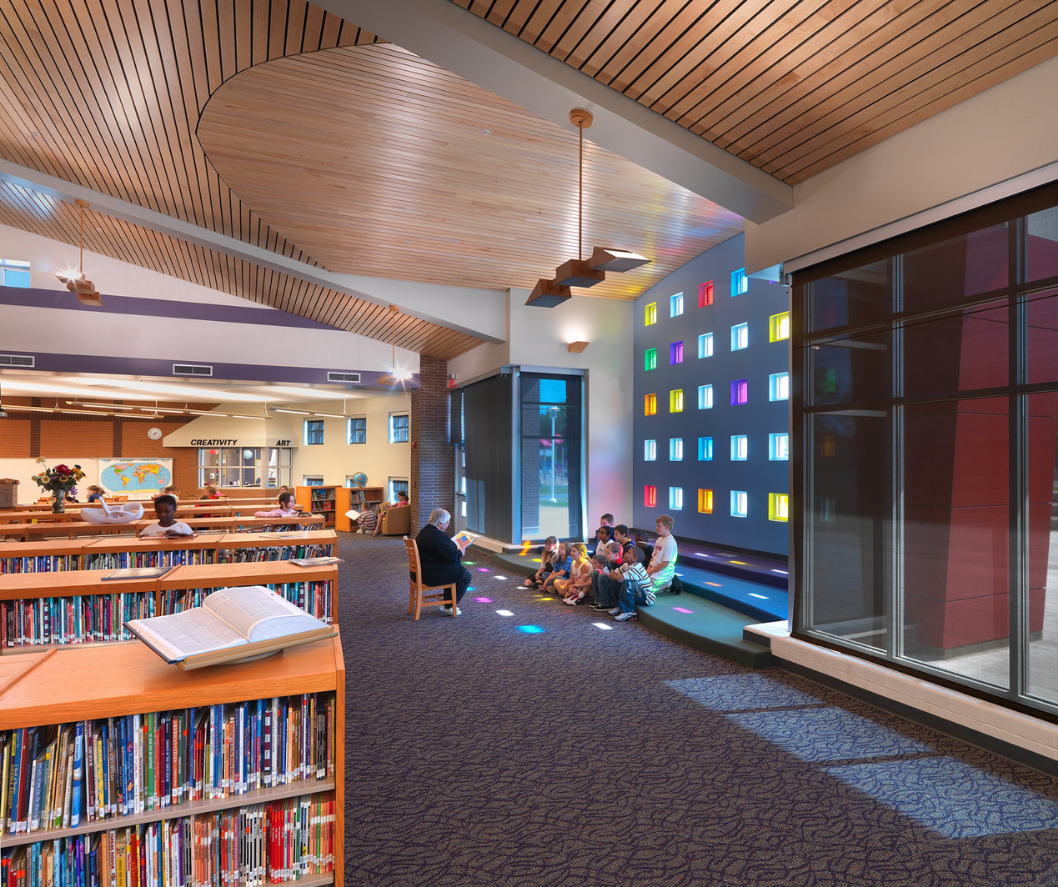
Visibility and Well-Being
One common misconception about school safety is that visibility should be reduced to increase security. In reality, the opposite is often true.
Our experience shows that visibility—when applied thoughtfully—can actually serve as a proactive school security strategy.
Natural light, open sightlines, and strategic transparency not only foster a sense of openness but also allow for easier supervision and quicker responses by staff or first responders to potential issues.
We intentionally design spaces that promote visual connection.
Main offices are positioned with clear views of school entrances and building exteriors to give staff a better awareness of what’s happening around the perimeter.
Inside the school, classrooms incorporate controlled transparency through interior glass and strategically placed wing walls that provide visual access when needed and privacy when appropriate.
Additionally, we utilize adjustable features such as shading devices and window films to empower educators with flexibility.
These tools allow them to respond dynamically to different situations—enhancing comfort on a sunny day or shielding views during a lockdown—without compromising the everyday learning atmosphere.
Ultimately, visibility in school design isn't just about what can be seen. It's about ensuring everyone feels seen, supported, and safe.
Listening First: How Collaboration Strengthens Design
Effective school safety design starts with listening.
Our team regularly engages with school boards, administrators, and community stakeholders through workshops and user group meetings.
These sessions provide a platform for honest dialogue, where:
- Concerns can be voiced.
- Priorities clarified.
- And ideas shaped into actionable design strategies.
Every K–12 district has its own culture and challenges. These conversations are essential in tailoring solutions that truly fit.
While parental input is typically channeled through the school board, we recognize the broader emotional investment families have in their children's safety.
We remain committed to designing spaces that reflect the values, expectations, and lived experiences of the entire school community.
When people feel heard, they are more likely to trust the process.
And trust is the foundation of long-term safety, resilience, and effective response during emergencies.
Big Impact on a Small Budget
Not every district has the resources for large-scale renovations—and that’s okay.
Enhancing K–12 school safety doesn’t always require a major overhaul or high-tech solutions.
Many impactful upgrades are budget-friendly, quick to implement, and can make a significant difference in everyday school security and peace of mind.
Some of the practical, cost-conscious architectural best practices we often recommend include:
- Security window films that reinforce existing glass, making it more resistant to breakage or forced entry.
- Intercom systems at entry points to help staff screen and identify visitors before granting access.
- Smart locks and access control systems that streamline who can enter and when.
- Strategic landscaping that naturally mitigates vehicle access too close to buildings.
Each of these strategies supports a broader culture of safety without disrupting the everyday experience of students and teachers.
Even without major construction, these small, strategic investments can lay the groundwork for long-term improvements.
And they demonstrate a district's commitment to thoughtful, student-centered safety.
Adapting to Changing Needs: Designing for Flexibility
School safety is not a static issue.
It evolves with time, technology, and community priorities.
At PARTNERS in Architecture, we understand the importance of designing architectural environments that can adapt to changing needs.
Whether responding to updated safety guidelines, implementing new access control systems, or reconfiguring layouts to support evolving protocols for school shootings or emergency responders, flexibility is a vital part of our approach.
We incorporate modular design elements and infrastructure that can accommodate future updates without requiring full-scale renovations.
From adaptable classroom layouts to scalable technology integration, our goal is to help schools remain proactive and resilient.
Designing with flexibility ensures that safety isn’t just a snapshot in time. It’s a sustainable strategy that grows alongside the community it serves.
Thoughtful Design is the Best Defense
At PARTNERS in Architecture, we approach every school project with the same guiding principle.
Safety should empower learning, not restrict it.
We believe that a safe environment should not come at the expense of joy, curiosity, or connection.
Our work is grounded in listening to the people who live and learn in these spaces every day.
We respond thoughtfully to their needs and design with long-term impact in mind.
When safety is seamlessly integrated into the everyday rhythms of a school—rather than imposed as an afterthought or obstacle—students and educators alike can focus on what truly matters: growing, learning, and becoming their best selves.
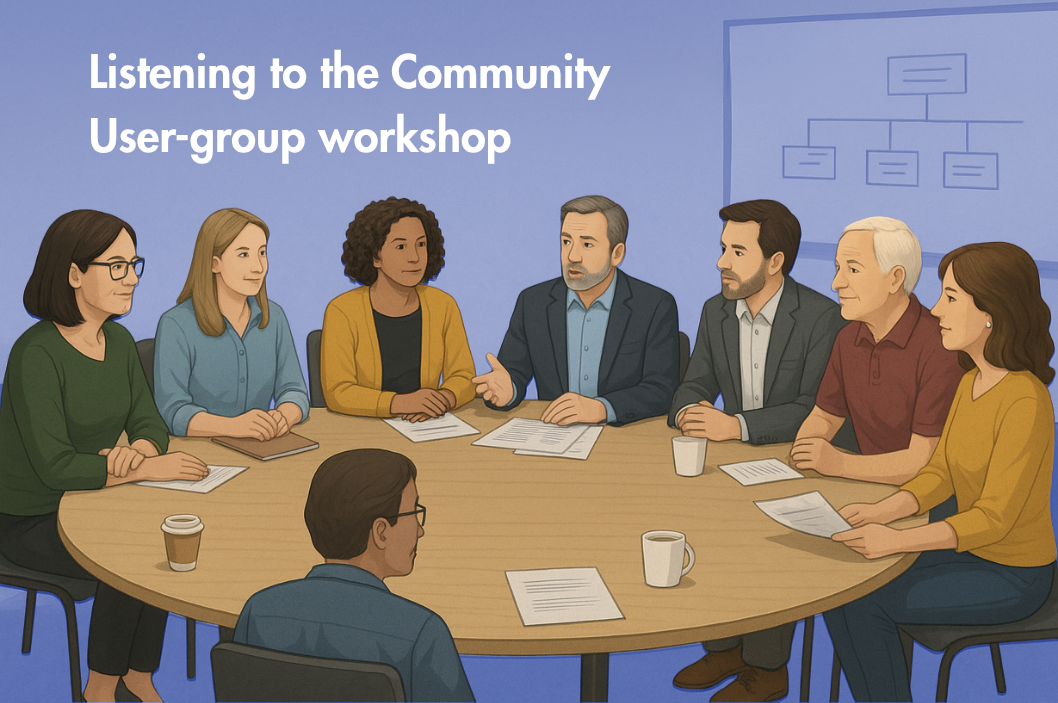
"Design can help to protect students while preserving the spirit of learning."
- Darren McKenna, Architect and Studio Director at PARTNERS in Architecture
If you're ready to explore how common-sense design can support safety and well-being in your school community, we invite you to book a consultation with our team.
We’re here to help you build spaces that inspire confidence, connection, and care.
Frequently Asked Questions: School Safety and Architectural Design
What is the most effective way to improve school safety through building design?
The most effective approach is a combination of common-sense security measures—like secure entry vestibules, glazing for visibility and impact resistance, and strategic corridor layouts—that enhance safety without disrupting the daily school experience.
Can school buildings be secure without feeling like prisons?
Yes. In fact, thoughtful design helps maintain a welcoming, supportive environment while incorporating critical safety features. We prioritize elements like natural light, open sightlines, and adaptable layouts that foster well-being and security.
How do you involve the community in school safety design?
We work closely with school boards, administrators, and stakeholders in collaborative workshops and meetings. These conversations ensure that the final design reflects both community values and best practices in school security.
What if a district has a limited budget?
Many safety upgrades don’t require large renovations. Affordable options like intercom systems, security window film, and smart locks can significantly improve security and support safer school operations.
What role does flexibility play in school design?
Flexibility is essential. Our designs include adaptable infrastructure so schools can respond to new safety guidelines, changing technologies, or evolving community needs without major overhauls.
Why is visibility important in safe school design?
Visibility—when used strategically—allows staff and first responders to monitor activity, de-escalate incidents quickly, and maintain a sense of transparency and trust within the school community.
How do these design strategies support students emotionally?
Safe, well-lit, and visually open environments help reduce stress, promote focus, and build a sense of connection. Our goal is to create spaces that feel protective, not restrictive.


